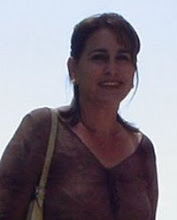
On the occasion of the International Event on Archeology recently held in the city parks, one of the sites that most attracted the attention of foreign participants in the meeting was the aboriginal cemetery Chorro de Maita, located east of Cuba, in the municipality of Banes, Holguin.
This site is considered the first native farmers-potters cemetery found in Cuba with more than a hundred skeletons, dating back at least 500 years before the arrival of Christopher Columbus.
Chorro de Maita, takes its name from a spring located near its present location, in an area traditionally inhabited by indigenous groups before the Spanish arrived, favored by climate and soil fertility.
Trans-culturation is made clear in this historical place with the presence of vases, ornaments, fragments of brass and Spanish bells, in addition to Christian burial: extremities extended, arms crossed over the chest and skulls, mostly not deformed.
Chorro de Maita should be a place of contact with other cultures. It was found there a copper medallion -only if its type in Cuba- typical of Venezuelans, who used it to the height of the kneecap and shoulders.
Coincidentally, there appeared an skeleton of a man whose stature rest one meter and seventy-six centimeters, exceeding the Aborigines average height. Even today, there are many misteries to work out in Chorro de Maita.
Perpetuating the Aboriginal memory, Holguin authorities instituted a symbolic idol made of sea shell, which recreates a woman with gifts and that is given to distinguished personalities who visit the territory.
Today, the Museum Chorro de Maita rises, as witnesses of the time, a cemetery and a Taino Indian village to recreate life of aboriginals from the the ancient island.


No comments:
Post a Comment